Tooth loss can significantly impact an individual’s quality of life-altering the aesthetics of their smile, complicating eating, and, in some cases, even affecting speech
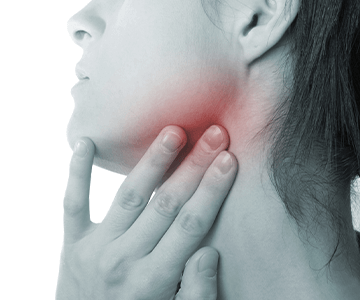




What causes Jaw and Facial Pain and how to treat it
20 December 2021
Often dentists are confronted with patients who are suffering from head and facial pain. The pain is often not only dental but has a complex mix of causes.
Causes of Jaw and Facial Pain
Pain in the jaw joints can be of two types: acute or chronic. The most common cause of acute jaw joint pain, which is limited in time of occurrence, is acute jaw joint inflammation, caused by leaving the mouth open for extended periods of time, such as during dental treatments. The consequence is jaw joint effusion, which refers to a collection of fluid and/or blood in the joint interior. It can occur because of various reasons, including rheumatic conditions, mechanical injuries, and bad posture. The most common cause, however, is over straining of the joint from activities like extended and intensive opening of the mouth during dental checkups.
Jaw Pain Treatment
According to the cause, treatments vary. In general, cooling ice wraps and resting the joint for a few days helps. This means no chewing gum or food requiring intensive chewing. In addition, gentle mouth opening exercises should be performed.
If the cause of Jaw Joint Pain is Jaw Joint arthrosis (Intra-articular cartilage wear) due to reduced bite in the back region of the jaw, the bite is first restored using an occlusal splint ( Tool used to treat dysfunction of the jaw), which is eventually followed by well-fitting dentures. This leads to the desired transfer of chewing forces away from the jaw joint and towards the jaw bone via the teeth. In principle, only easily reversible methods should be used for the treatment of jaw joint pain because facial pain often has multiple causes. The patient usually wears the occlusal splint overnight. If pain reduces with this splint, a definitive bite reconstruction will be facilitated through new crowns and/or implants.
Jaw Joint Cracking
Jaw Joint Cracking normally do not cause pain. Jaw joint cracking is a common symptom in patients with forced mouth openings. The causes of joint cracking have not been fully identified. Air bubbles in the synovial fluid (Internal fluid of the joint) are identified as the most common explanation (cavitations). These cause a sound during pressure balancing because of bubble formation. Bumps in the articular surfaces are also considered to be a cause.
Jaw joint treatment is often carried out immediately, even for phenomena considered normal for other joints. However, this is a wrong practice. If certain changes occur slowly and/or if certain symptoms, such as reduced mouth opening, have existed for a lifetime, they simply represents a normal variation and do not have to be treated.
Bruxism and Facial Pain
Another common cause of facial pain is muscular pain. Bruxism is derived from the latin term “Bruxismus,” which means unconscious grinding of the teeth against each other.
During bruxism, the teeth lock together and the periodontium (which attaches the tooth to the jaw) gets overloaded. In severe cases, the jaw joint can suffer damage, thus leading to severe facial pain and ringing in the ears (tinnitus). Dizziness, disturbance of vision, and nausea are also frequently experienced.
In case a patient knows that he/she grinds his/her teeth, either from the presence of muscle pain or flattened and chipped teeth or from a partner of friend, then he/she should see a dentist. The nightguard (or splint) is a separator that prevents the teeth from grinding against each other when worn, thus preventing damage to the teeth and chewing apparatus. The causes of bruxism are mainly psychological. Even if bruxism cannot be curbed completely, most patients at least learn how to deal with it and will know when it is necessary to use the nightguard, for example, when they are overstressed at work or are facing personal problems.
To get any other detailed information, sign up for a consultation or call us at (+995) 32 222 15 16
Dentistry is one of the fastest-evolving fields in modern medicine. The integration of innovative technologies is continuously transforming dental practice
The Impact of Sweets on Dental Health
Sweets are an integral part of people’s daily diet and a significant source of enjoyment, but their impact on dental health is quite serious
What Is Teeth Whitening?
Teeth whitening is a dental procedure aimed at enhancing the color of teeth, removing plaque, and restoring their natural brightness. This process is especially popular among individuals seeking a radiant, naturally appealing, and confident smile.
Child’s First Dental Visit: Why It’s Important and How It Impacts Their Psychology
Bruxism - Teeth Grinding During Sleep: A Comprehensive Medical Review.
In today’s blog, “Blits Dental - Kakhaber Kharebava Clinic,” we’ll explore the most common myths and facts about teeth whitening. This information will help you make the right decision to enhance your smile.
Innovative technologies help us deliver high-quality, accurate, and fast services to our patients
why it is important to regularly visit the dentist
The need for dental implantation arises when a patient has completely lost a tooth, consequently there is no root in the jawbone.
Full mouth rehabilitation is a significant advancement in modern dentistry that helps improve patients' quality of life.
A beautiful smile is always associated with confidence and aesthetic appeal. For many people, the appearance of their teeth is of utmost importance.
In modern dentistry, technological advancements have significantly enhanced the efficiency of treatment processes and increased patient comfort.
The health of teeth and gum tissues is one of the most crucial aspects of dentistry
When it comes to orthodontic treatment, many widely believed myths persist
In modern dentistry, bone grafting is one of the most essential procedures that helps prevent jawbone deterioration caused by frequent tooth loss and aids patients in maintaining healthy and functional teeth.
Oral health plays a crucial role in our overall well-being. Consequently, accumulated dental problems often require comprehensive intervention.
There are many methods for tooth restoration in dentistry, but the two most common options are fillings and ceramic inlays.
Braces are an inseparable part of modern dentistry, and no one disputes this because they help people achieve a much healthier and more aesthetically pleasing smile
Tooth loss can significantly impact an individual’s quality of life-altering the aesthetics of their smile, complicating eating, and, in some cases, even affecting speech
Dentistry is one of the fastest-evolving fields in modern medicine. The integration of innovative technologies is continuously transforming dental practice
The Impact of Sweets on Dental Health
Sweets are an integral part of people’s daily diet and a significant source of enjoyment, but their impact on dental health is quite serious
What Is Teeth Whitening?
Teeth whitening is a dental procedure aimed at enhancing the color of teeth, removing plaque, and restoring their natural brightness. This process is especially popular among individuals seeking a radiant, naturally appealing, and confident smile.
Child’s First Dental Visit: Why It’s Important and How It Impacts Their Psychology
Bruxism - Teeth Grinding During Sleep: A Comprehensive Medical Review.
In today’s blog, “Blits Dental - Kakhaber Kharebava Clinic,” we’ll explore the most common myths and facts about teeth whitening. This information will help you make the right decision to enhance your smile.
Innovative technologies help us deliver high-quality, accurate, and fast services to our patients
why it is important to regularly visit the dentist
The need for dental implantation arises when a patient has completely lost a tooth, consequently there is no root in the jawbone.
Full mouth rehabilitation is a significant advancement in modern dentistry that helps improve patients' quality of life.
A beautiful smile is always associated with confidence and aesthetic appeal. For many people, the appearance of their teeth is of utmost importance.
In modern dentistry, technological advancements have significantly enhanced the efficiency of treatment processes and increased patient comfort.
The health of teeth and gum tissues is one of the most crucial aspects of dentistry
When it comes to orthodontic treatment, many widely believed myths persist
In modern dentistry, bone grafting is one of the most essential procedures that helps prevent jawbone deterioration caused by frequent tooth loss and aids patients in maintaining healthy and functional teeth.
Oral health plays a crucial role in our overall well-being. Consequently, accumulated dental problems often require comprehensive intervention.
There are many methods for tooth restoration in dentistry, but the two most common options are fillings and ceramic inlays.
Braces are an inseparable part of modern dentistry, and no one disputes this because they help people achieve a much healthier and more aesthetically pleasing smile

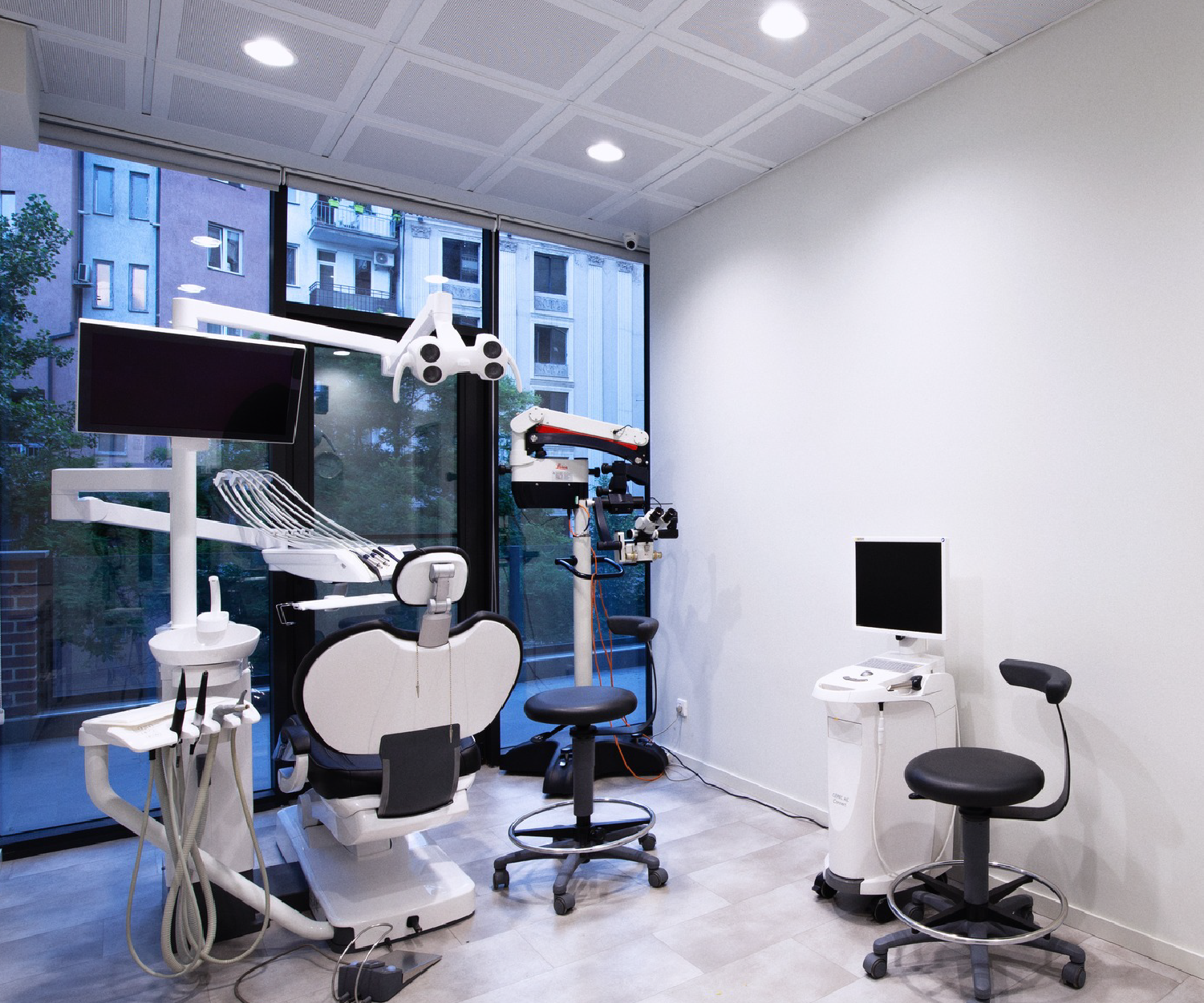
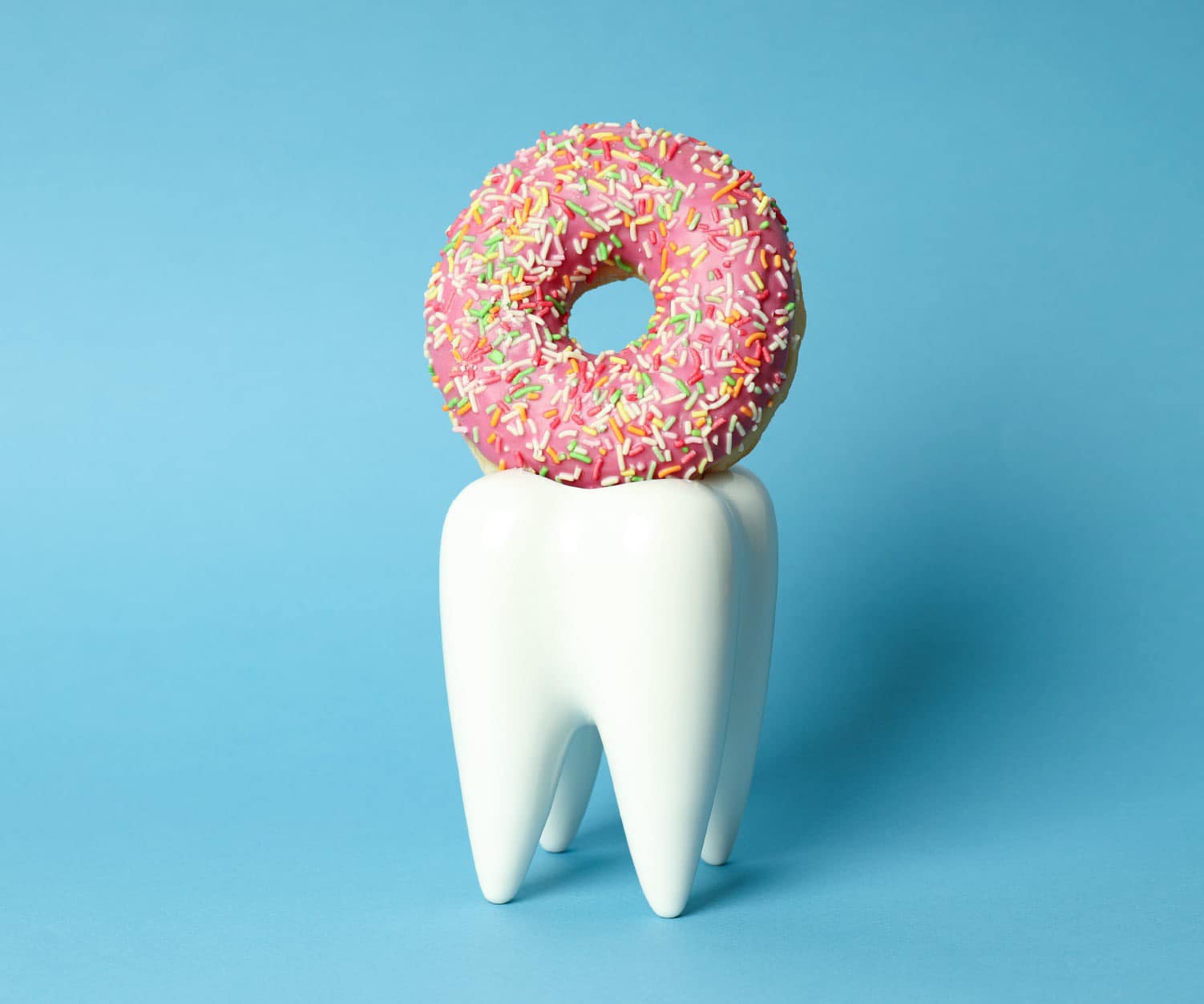


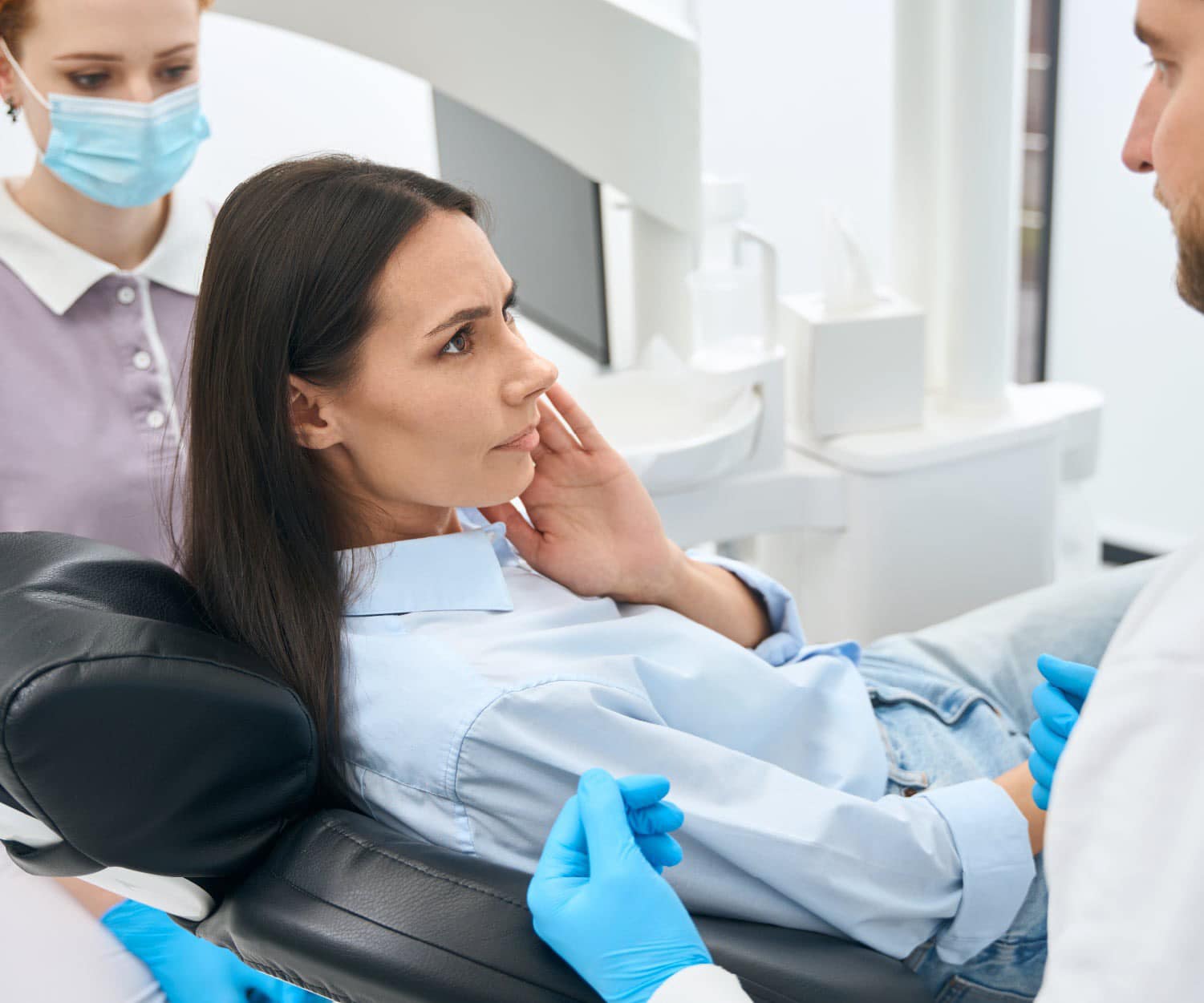



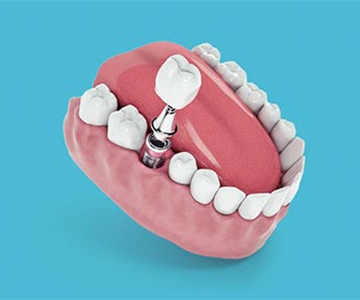

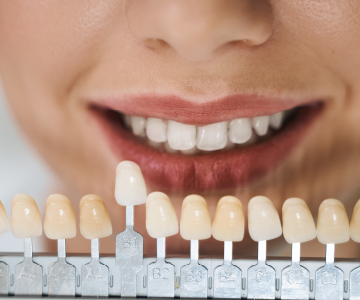







.png)